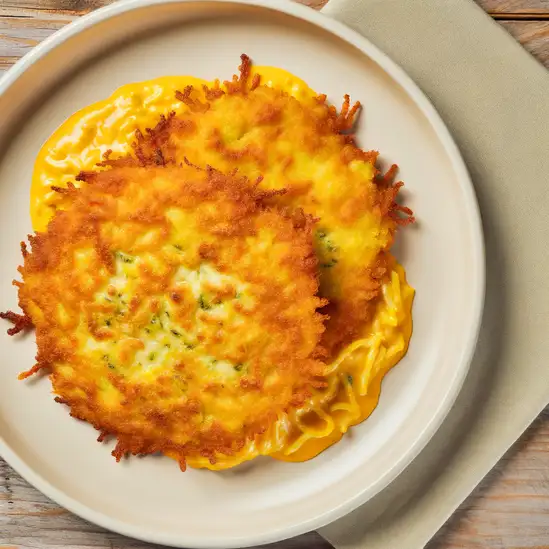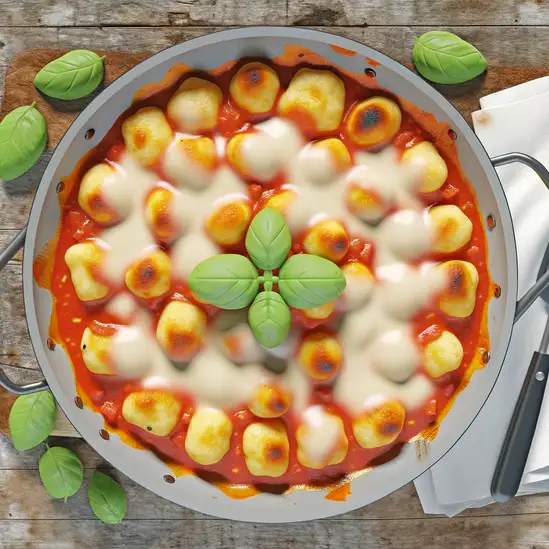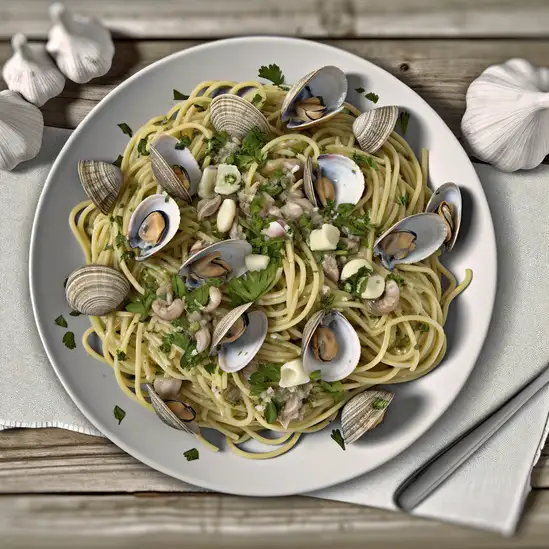



Napoli is one of those cities that grabs you the moment you step onto its bustling streets. There’s an energy here that’s raw and alive—like the city is constantly humming with stories waiting to be told. You’ll hear the lively chatter of locals,the clatter of espresso cups in tiny cafés,and the distant wail of a Vespa weaving through narrow alleys. The air carries a mix of salty sea breeze and the irresistible aroma of fresh pizza baking in wood-fired ovens,which,by the way,is the real deal here—simple,perfect,and unforgettable. Walking through Napoli feels like stepping into a living museum where every corner bursts with character. The colorful buildings lean into each other,balconies overflow with laundry and flowers,and street vendors call out with fresh produce and handmade crafts. There’s a gritty charm to the city,a blend of history and everyday life that feels genuine,not polished for tourists. You can almost taste the centuries of culture in the thick,rich espresso or in the passionate conversations that spill out from trattorias late into the night. What makes Napoli truly special is its heart—the warmth of its people. They’re proud,fiercely loyal to their city,and welcoming in a way that makes you feel like you belong,even if you’re just passing through. Whether you’re wandering the ancient ruins,marveling at the art in hidden chapels,or simply sitting by the waterfront watching the sunset over the bay,Napoli leaves a mark on you. It’s messy,vibrant,and utterly alive,and once you’ve experienced it,you’ll carry a piece of its spirit with you.
The information on this page is currently being reviewed by Tripkliq and should be used as a guide only
Eng word: Hello
Eng pronunciation: chow
Local language: Ciao
Eng word: Goodbye
Eng pronunciation: ah-ree-veh-DEHR-chee
Local language: Arrivederci
Eng word: Thank you
Eng pronunciation: GRAH-tsee-eh
Local language: Grazie
Eng word: How much
Eng pronunciation: KWAN-toh KOH-stah
Local language: Quanto costa
Eng word: Toilet
Eng pronunciation: BAHN-yo
Local language: Bagno
Eng word: Help me
Eng pronunciation: ah-YOO-tah-mee
Local language: Aiutami
Eng word: Yes
Eng pronunciation: see
Local language: Sì
Eng word: No
Eng pronunciation: noh
Local language: No
Eng word: Excuse me
Eng pronunciation: SKOO-zee
Local language: Scusi
Naples, originally known as Neapolis, was founded by the Greeks in the 8th century BC. The name Neapolis means 'new city' in Greek.
Naples became a major cultural center under Roman rule. The city was known for its grand architecture, theaters, and public baths.
The Castel dell'Ovo, or 'Egg Castle,' is the oldest standing fortification in Naples. It dates back to the 12th century and offers stunning views of the Gulf of Naples.
Opened in 1737, the Teatro di San Carlo is the oldest continuously active opera house in the world. It is renowned for its opulent architecture and exceptional acoustics.
The Royal Palace of Naples, built in the 17th century, served as the residence of Spanish and later Bourbon monarchs. It features lavish interiors and beautiful gardens.
This museum houses one of the most extensive collections of Greco-Roman artifacts, including many treasures from the nearby ruins of Pompeii and Herculaneum.
Spaccanapoli is a narrow, straight street that cuts through the historic center of Naples. It is famous for its vibrant atmosphere, historic churches, and artisan shops.
Beneath the bustling streets of Naples lies a labyrinth of ancient tunnels and catacombs. These underground passages date back to Greek and Roman times and offer a unique glimpse into the city's history.
This grand square is one of the largest in Naples and is surrounded by important landmarks, including the Royal Palace and the Basilica of San Francesco di Paola.
In Napoli, the most common Power Adaptor is Type C, Type F, Type L.







A classic Neapolitan pizza characterized by its soft, chewy crust, topped with San Marzano tomatoes, fresh mozzarella, basil, and a drizzle of olive oil.

A delicious pasta fritter made from leftover pasta, béchamel sauce, and cheese, then breaded and deep-fried until golden.

Soft potato dumplings baked in a rich tomato sauce and topped with melted mozzarella cheese, often garnished with fresh basil.

A traditional pasta dish made with spaghetti, fresh clams, garlic, olive oil, and parsley, often enjoyed with a hint of white wine.

A traditional Easter dessert made with a sweet pastry crust filled with a mixture of ricotta cheese, cooked wheat, eggs, and flavored with orange blossom water.

Grilled mackerel seasoned with herbs and olive oil, often served with a side of seasonal vegetables or a fresh salad.

A simple yet flavorful salad made with fresh mozzarella, ripe tomatoes, basil, olive oil, and a sprinkle of salt, showcasing the region's fresh ingredients.

Delicious cream-filled pastries traditionally made for Saint Joseph's Day, featuring a light dough and a rich custard filling, often topped with powdered sugar.
Imagine stepping into a city where every corner hums with stories that have shaped the world. That’s Rome for you—a place where ancient ruins stand shoulder to shoulder with bustling piazzas,and the air carries a mix of fresh espresso,baked bread,and the faintest hint of blooming jasmine. Walking through its sun-dappled streets,you’ll hear the lively chatter of locals debating over football,the clinking of glasses in cozy trattorias,and the distant melody of a street musician’s violin weaving through the afternoon breeze.
Rome’s character is a beautiful blend of timeless history and vibrant everyday life. You can lose yourself wandering through the Colosseum’s shadows,imagining gladiators’ roars,then find yourself sipping a velvety cappuccino in a tiny café where the barista greets you like an old friend. The city’s soul is in its people—warm,passionate,and effortlessly proud of their heritage. It’s in the way the light hits the golden domes at sunset,or how the fountains splash cool water on a hot summer day,inviting you to pause and soak it all in.
And the food—oh,the food! Fresh pasta tossed with rich,tangy tomato sauce,the crunch of a perfectly baked pizza,and gelato that melts on your tongue like a sweet secret. Rome isn’t just a place to see; it’s a place to feel,taste,and live. Trust me,once you’ve wandered its cobblestone streets and tasted its flavors,you’ll carry a piece of Rome with you long after you leave.
Imagine stepping into a sun-drenched postcard where every corner of Amalfi feels like a warm embrace. The town perches dramatically on cliffs that tumble into the sparkling turquoise sea,and as you wander its narrow,winding streets,you’re greeted by the scent of fresh lemons mingling with salty ocean air. There’s a gentle hum of life here—boats bobbing softly in the harbor,locals chatting animatedly over espresso,and the distant chime of church bells weaving through the Mediterranean breeze.
Amalfi’s charm isn’t just in its breathtaking views but in its rhythm. It’s a place where time slows down just enough for you to savor a slice of creamy,tangy lemon cake or sip a glass of crisp white wine while watching fishermen haul in their catch. The vibrant colors of bougainvillea spill over ancient stone walls,and the lively piazza pulses with a mix of tourists and locals sharing stories and laughter.
What really makes Amalfi special is its blend of history and heart. The grand cathedral with its intricate mosaics stands as a testament to centuries of culture,while the small family-run trattorias invite you to taste recipes passed down through generations. It’s a place that feels alive,where every meal,every sunset,and every smile tells a story you’ll want to carry with you long after you leave.
Imagine stepping onto Capri and instantly feeling like you’ve wandered into a sun-drenched dream. The island hums with a relaxed yet vibrant energy—where the scent of salty sea air mingles with blooming bougainvillea and freshly brewed espresso. As you stroll through the narrow,cobbled streets of Capri town,you’ll hear the soft chatter of locals and the clinking of glasses from cozy piazzas,inviting you to slow down and savor the moment.
What makes Capri truly unforgettable is its stunning blend of natural beauty and timeless elegance. Towering limestone cliffs plunge dramatically into the turquoise waters below,while the famous Faraglioni rocks stand like ancient sentinels just offshore. You can’t help but be drawn to the island’s iconic Blue Grotto,where sunlight filters through underwater caves,casting an otherworldly glow that feels almost magical.
Capri’s character is a mix of old-world charm and chic sophistication. You’ll find artisans crafting delicate handmade sandals,vibrant markets bursting with fresh lemons and fragrant herbs,and trattorias serving up the freshest seafood paired with crisp local wines. Whether you’re sipping a limoncello on a sunlit terrace or wandering the lush gardens of Villa San Michele,there’s a sense of timelessness here that wraps around you like a warm embrace. Trust me,Capri isn’t just a place to visit—it’s a feeling you carry with you long after you leave.
Imagine stepping into a sun-drenched postcard where every corner of Sorrento feels like a warm embrace. This town,perched on cliffs overlooking the shimmering Bay of Naples,hums with a relaxed yet vibrant energy that instantly makes you want to slow down and savor the moment. As you wander through its narrow,cobbled streets,the air is thick with the scent of blooming lemon trees and salty sea breeze,mingling with the irresistible aroma of freshly baked focaccia and rich espresso from cozy cafés.
Sorrento’s charm lies in its effortless blend of old-world Italian character and lively seaside spirit. Locals chat animatedly in piazzas,their voices rising and falling like music,while colorful fishing boats bob gently in the harbor below. The pastel-hued buildings,draped with bougainvillea,create a cheerful backdrop to the daily rhythm of life here. You’ll find yourself drawn to the small artisan shops selling hand-painted ceramics and jars of golden limoncello,a local specialty that tastes like sunshine in a glass.
What really makes Sorrento unforgettable is how it invites you to slow down and truly taste life—whether that’s through a leisurely meal of fresh seafood paired with a crisp white wine,or simply sitting on a terrace watching the sun melt into the sea. It’s a place where every sense is awakened,and every moment feels like a celebration of the simple,beautiful pleasures of Italy.
Palermo feels like stepping into a vibrant mosaic where every corner hums with life and history. The city’s energy is a mix of old-world charm and raw,bustling street scenes—imagine narrow alleys lined with colorful market stalls,the air thick with the scent of fresh citrus,roasting coffee,and salty sea breeze. As you wander,you’ll hear the lively chatter of locals bargaining over fresh fish and the distant melody of street musicians playing traditional Sicilian tunes. It’s a place where the past and present dance together effortlessly.
What really grabs you about Palermo is its character—gritty yet warm,chaotic yet inviting. The architecture tells stories of centuries,from the intricate Arab-Norman palaces to the baroque churches that seem to glow in the golden afternoon light. But it’s not just about sights; it’s the feeling of sitting at a tiny trattoria,savoring arancini that crackle with every bite or a plate of pasta alla Norma bursting with fresh tomatoes and ricotta salata,while the world buzzes around you.
Palermo’s soul is in its people and their love for life,food,and tradition. Whether you’re exploring the vibrant markets like Ballarò or soaking in the sunset over the Mediterranean from the ancient fortress walls,you’ll find a city that invites you to slow down,breathe deeply,and savor every moment. It’s messy,passionate,and utterly unforgettable.
If you wander into Catania,you’ll immediately feel the city’s pulse—vibrant,a little wild,and utterly alive. Nestled at the foot of Mount Etna,this Sicilian city wears its history on its sleeve,with baroque buildings dusted in volcanic stone that seem to hum stories of centuries past. The streets buzz with the chatter of locals,the clatter of espresso cups,and the occasional call of street vendors selling fresh catch or fragrant citrus. There’s a raw energy here,a mix of old-world charm and everyday grit that makes you want to slow down and soak it all in.
Walking through the fish market,your senses come alive:the salty tang of the sea mingles with the sharp scent of lemon and the earthy aroma of fresh herbs. You’ll hear the lively bargaining,the laughter,and the rhythmic chopping of knives. Grab a granita—icy,sweet,and refreshing—and sit by the Piazza del Duomo,watching the world go by beneath the watchful gaze of the elephant fountain,a quirky symbol of the city’s resilience.
Catania’s character is a blend of fiery passion and warm hospitality. The people here are proud,fiercely connected to their roots,and eager to share their culture through food,music,and stories. Whether you’re savoring a plate of pasta alla Norma or wandering through narrow alleys lined with vibrant street art,you’ll find a city that invites you to experience Sicily in its most authentic,unpolished form.
Scammers offer 'free' bracelets or trinkets, then demand payment once the tourist accepts or wears it.
A scammer asks a tourist to take their photo, then accuses them of breaking the camera and demands compensation.
Individuals approach tourists claiming to collect donations for fake charities or causes.
Street vendors sell counterfeit designer goods, jewelry, or electronics at inflated prices, claiming they are authentic.
Imposters posing as police officers ask tourists to show their wallets or passports, then steal cash or valuables.
Scammers pose as official tour guides and offer overpriced or fake tours with little to no value.
Shops near tourist hotspots sell low-quality souvenirs at exorbitant prices, targeting unsuspecting visitors.
Taxi drivers may overcharge tourists by not using the meter or taking unnecessarily long routes.
Thieves target tourists in crowded areas like public transport, markets, and popular attractions, stealing wallets, phones, or bags.
Some restaurants may inflate bills for tourists by adding hidden fees or charging for items not ordered.
Rental companies may claim damage to scooters after return and demand excessive repair fees from tourists.
Scammers run rigged street games like shell games, tricking tourists into betting and losing money.
Performers or costumed characters demand high tips after tourists take photos with them.
The possession, use, and trafficking of illegal drugs are strictly prohibited in Napoli and throughout Italy. Penalties for drug-related offenses can be severe, including fines and imprisonment. Even small amounts of illegal drugs can result in legal consequences. Tourists should be aware that Italy has a zero-tolerance policy towards illegal drugs.
In Napoli, as in the rest of Italy, smoking is prohibited in enclosed public spaces, including restaurants, bars, and public transportation. There are designated smoking areas in some public places, but it is important to look for signs indicating where smoking is allowed. Smoking is also banned in certain outdoor areas, such as near schools and hospitals. Violations can result in fines.
Vaping is subject to similar regulations as smoking in Napoli. It is prohibited in enclosed public spaces and on public transportation. Some establishments may have designated areas for vaping, but it is always best to check for signs or ask staff. Vaping is also restricted in certain outdoor areas, similar to smoking.
What are other people saying about Napoli?
Recent Social posts about Napoli
There is nothing to show you for now.